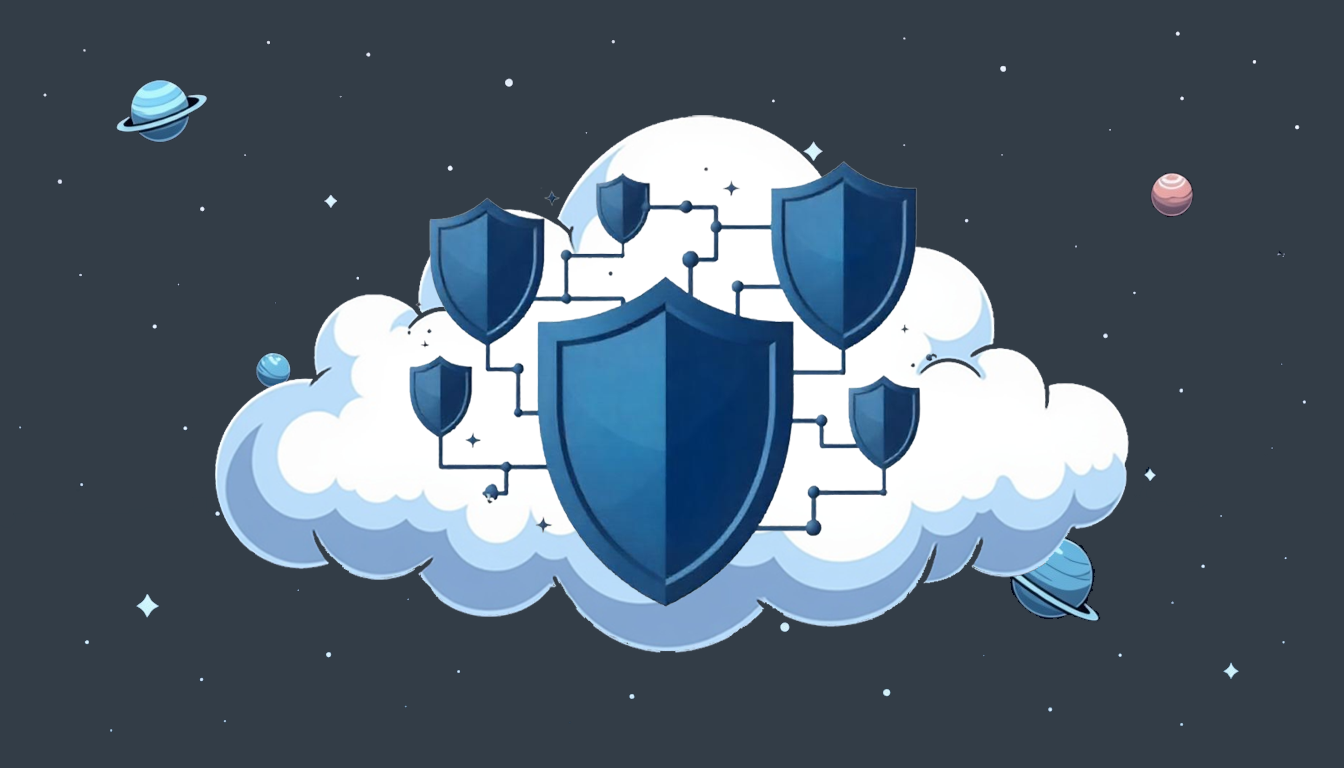
Effective DDoS Mitigation Strategies: Building a Tiered Defence System
DDoS attacks still remain one of the most persistent and disruptive cyber threats in today’s internet infrastructure. From volumetric floods to subtle, low-rate protocol attacks, the scale and variety of DDoS techniques demand more than a one-size-fits-all solution.
That’s why resilient organisations rely on a multi-layered DDoS defence architecture — a tiered approach that combines real-time detection, dynamic mitigation, and visibility across the entire network stack.
Let’s explore what this kind of architecture looks like in practice and how each layer contributes to faster, more effective DDoS defence.
Layer 1: Network-Level Detection (The Front Line)
At the heart of any strong DDoS defence is the ability to spot an attack early and accurately. This is where network telemetry becomes invaluable.
Modern detection starts by ingesting data from routers and switches using protocols such as:
- NetFlow
- sFlow
- IPFIX
These flow-based technologies provide a near real-time view of who’s talking to whom on your network — and at what volume. When traffic patterns deviate from baselines (such as spikes in DNS or NTP traffic, or a sudden flood of SYN packets), a properly tuned system can detect anomalies within seconds.
Best practice:
Use threshold-based detection (per IP, per subnet, or per customer group) combined with traffic classification to pinpoint suspicious flows — without false positives.
Layer 2: Automated Mitigation via BGP
Once an attack is detected, time is critical. A well-architected system can move from alert to action in milliseconds — by dynamically modifying network behaviour using Border Gateway Protocol (BGP).
Two core techniques are widely used:
- BGP Blackholing:
Temporarily withdraws the route to the attacked IP, dropping traffic upstream. Effective for stopping volumetric floods before they hit internal infrastructure. - BGP FlowSpec:
Allows for fine-grained traffic filtering, blocking only the attack traffic while keeping legitimate traffic flowing. Useful for precision response to targeted protocol or port-based attacks.
Best practice:
Automate mitigation triggers with defined thresholds and fallbacks, and always log route changes for auditing and incident review.
Layer 3: Integration with Upstream Scrubbing Centres
For large-scale attacks that exceed on-premise capacity or require deeper packet inspection, traffic can be diverted to a DDoS scrubbing centre.
This layer is typically engaged via:
- BGP-triggered redirection
- Integration with a third-party scrubbing provider (cloud-based or ISP-provided)
The key is automation: once an attack is identified, the redirection should be hands-off, restoring traffic once the threat subsides.
Best practice:
Look for tools that support vendor-neutral integration with any scrubbing provider — to maintain control and avoid lock-in.
Layer 4: Visibility and Post-Incident Analysis
A critical but often overlooked layer is visibility. Being able to understand:
- When an attack started and ended
- What kind of traffic was involved
- Who was affected
…is essential for reporting, customer communication, and future prevention.
This is where dashboards and time-series analytics come in — providing clear visual timelines of traffic patterns, trigger points, and mitigation actions.
Best practice:
Use Grafana or similar tools to create real-time dashboards of top talkers, attack timelines, and BGP action logs.
Final Thoughts
A strong DDoS defence isn’t about relying on a single tool or vendor — it’s about layering smart detection, fast response, and deep visibility into one cohesive system. The goal isn’t just to stop attacks, but to do it without disrupting legitimate traffic, overreacting, or leaving blind spots.
By building a layered architecture grounded in flow telemetry, automated BGP mitigation, and real-time analytics, defenders can stay ahead of the evolving threat landscape — while keeping their network calm, stable, and secure.
About FastNetMon
FastNetMon is a leading solution for network security, offering advanced DDoS detection and mitigation. With real-time analytics and rapid response capabilities, FastNetMon helps organisations protect their infrastructure from evolving cyber threats.
For more information, visit https://fastnetmon.com